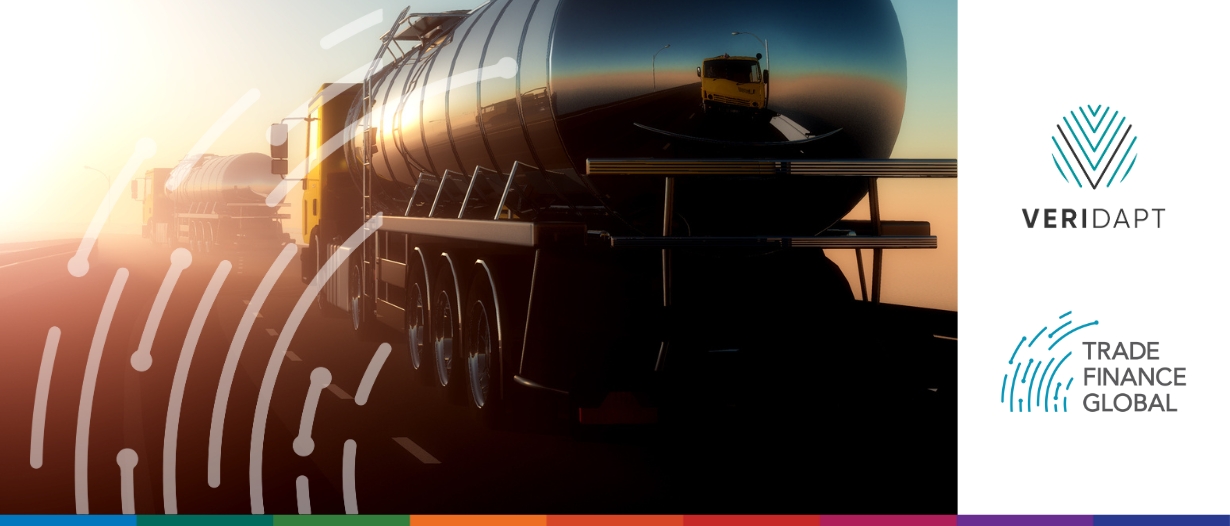Estimated reading time: 4 minutes
Digital fuel management technology is making the mining industry less carbon-intensive and more profitable amid a mass shift to renewables-generated energy.
This “win-win” is achieved in part through digitally enhanced, thus vastly improved, supply chain accountability and reconciliation across all aspects of fuel use, typically the second highest cost centre after labour.
Digital data: Transforming fuel management and emissions tracking
It should come as no surprise then that the data generated by digital fuel management systems deployed by BHP, Rio Tinto, Glencore, Syncrude Operated by Suncor and other sector majors committed to maximising fuel procurement dollars while minimising carbon footprints, is more precise and granular than ever before.
A recent Organisation for Economic Cooperation and Development (OECD) report said, “Advances in digital technology have drastically changed the quality and quantity of data that mining companies can access.”
The most successful outcomes, measured by internal and external audits, require deploying reliable hardware and software to mine sites to measure fuel consumption, reconcile storage inventories, and, importantly, accurately calculate and benchmark emissions.
Digital fuel management systems use onboard sensors to automatically collect the data required for fuel reporting.
This means, for example, that personnel no longer have to take the time to enter data manually. As a result, errors are mostly non-existent.
The rate of digital adoption by resource companies is forecasted to remain on its upward trajectory as the financial and environmental benefits of automated fuel management continue to far outweigh installation and maintenance costs.
“Good data leads to good decisions,” says David Thambiratnam, CEO of commodity management group, Veridapt, whose digital platform monitors, controls and authorises the use of over 30 billion litres of fuel annually, across 80+ large global mining, rail and terminal operations.
Importantly, as ESG and greenhouse gas emission transparency take on greater importance and become embedded in corporate board decision-making over capital expenditure, Veridapt’s platform also provides real-time verification of GHG targets at the fuel management level through accurate measurement.
Real-time digital technology effectively solves the actual problems faced by end-users, unlike periodic manual updates which often become outdated and irrelevant by the time they’re produced.
Moreover, as industries such as mining and oil and gas strive to progress towards carbon neutral targets, the reliance on accurate digitally-generated real-time data will only become greater.
Reuters has reported that a lack of consistent data to measure emissions down the supply chain of mining companies and through to customers makes it difficult to monitor and meet targets for decarbonising the sector, citing industry executives and investors.
Achieving transparency and efficiency in emissions reporting
Meanwhile, the International Council on Mining and Metals, whose members include around 25 mining companies, recently published guidance on how mining companies can account for and report their Scope 3 emissions to try and answer the problem of patchy data to make companies report consistently.
The International Energy Agency (IEA), in a new report, emphasises that “quality data, and access to it, is crucial to support clean energy strategies, measure progress and report associated emissions reductions.”
According to Thambiratnam, by digitally tracking an entire fuel and lubricant chain from delivery to consumption, businesses are generating highly accurate emissions tracking data, alongside real-time reconciliation, greater productivity/cost savings and optimal safeguards against theft and fraud.
Like all innovators, Veridapt simplifies the complex: Its hydrocarbon management system aggregates data from field devices, such as tank level gauges, PLCs, flow meters, etc., and presents the data in a meaningful format for statuary reporting and internal analysis and improvement.
The AdaptFMS solution provides simple visibility of fuel and lubricant usage down to each fuel-consuming asset and operating site or location.
Advances in data analytics, artificial intelligence, and the Industrial Internet of Things (IoT) are helping to optimise complex processes, track down elusive sources of loss and inefficiency and respond more effectively to volatility, shocks, and disruptions.
“The experience of the industry’s digital pioneers has shown that digital and analytics can make a meaningful difference… Digital methods are proving to be among the most powerful and cost-effective ways to reduce the industry’s carbon footprint, too,” McKinsey noted in a recent report.
Energy transformation is also front and centre as more companies turn to biofuels and shift to renewables-generated electrification across their operations.
Finally, mining companies would be best served by recognising the benefits of a single platform to monitor and manage their energy consumption guaranteeing onsite efficiencies and emissions reduction during and post their energy transition.

 Australia
Australia Hong Kong
Hong Kong Japan
Japan Singapore
Singapore United Arab Emirates
United Arab Emirates United States
United States France
France Germany
Germany Ireland
Ireland Netherlands
Netherlands United Kingdom
United Kingdom


























Comments are closed.